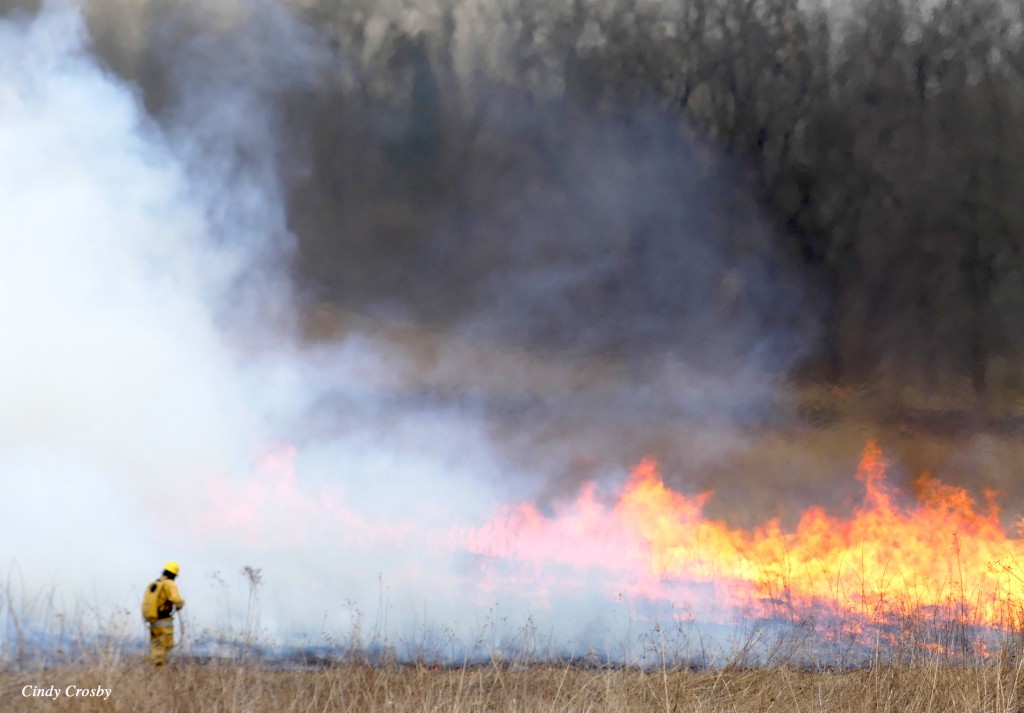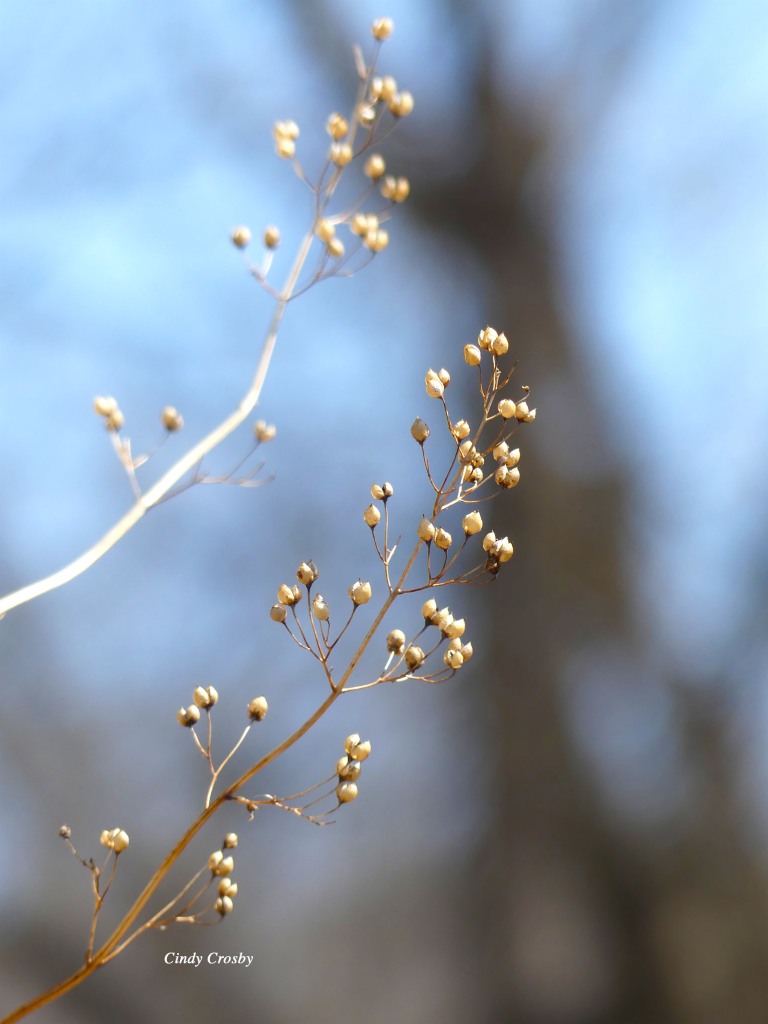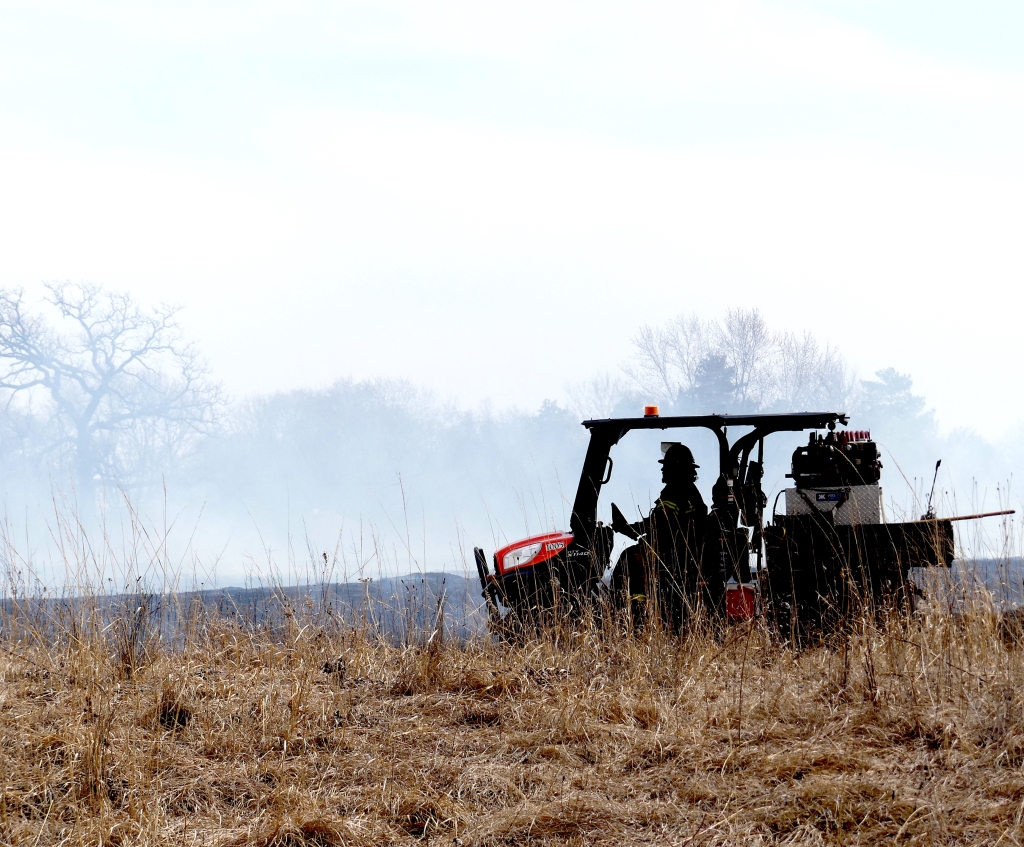By Adam Kreuzer, Delegate, International Dark Sky Association
Recently, during International Dark Sky Week, the
International Dark Sky Association (IDA) invited visitors to its website to
“Join the Dark Sky Movement.” Almost two years ago, after being a member of the
Glen Ellyn Environmental Commission for many years, I decided to join the
Movement as a member and spokesperson for the IDA. Like so many other Dark Sky
advocates, I am now filled by the wonders of the Night.
 |
| Photo of Big Bend National Park by Al Braden |
Since 1988, the IDA has led a global movement to protect and
preserve our nights from artificial outdoor light pollution. Currently, the IDA
has a presence in more than 70 countries and has designated as many as 170 IDA
Dark Sky Places, including many of our national parks. Through its volunteers, the
IDA does what it can to influence decisions about the use of artificial outdoor
lighting. Artificial light at night (ALAN) has revolutionized the way we live
and work outdoors, but it has come at a significant price. When used
indiscriminately, outdoor lighting obstructs our view of the universe, impacts
human health, disrupts wildlife, wastes money and energy, and contributes to
global warming.
Thomas Edison invented the light bulb during 1879. Vincent
Van Gogh painted Starry Night during 1889.
Now, after only about 125 years, we in DuPage County are
blanketed by so much artificial light at night that on the best of nights we
can see with our naked eyes not more than about 35 stars. Previously, during
all human history, wherever on the planet, there was nighttime darkness. A
Night when we could see more than 2000 stars. A Night that shaped circadian
rhythms. A Night that shaped the natural environment and heritage of all living
things.
Now, with the recent widespread use of “Daylight” and
“Bright White” LED lights; skyglow, glare, and light trespass affects all of
us. With respect to our personal health, “Daylight” and “Bright White” LED
lights (white/blue light) disrupt our natural nocturnal release of our very
important hormone melatonin. Without the natural nocturnal release of melatonin
through our bodies, which can be affected by small exposures to white/blue
light, we sleep less and more poorly. Whether from our hand-held devices or
from trespass from outside our homes, exposure at night impacts our physical
and mental well-being. Very recent peer-reviewed research suggests that a disrupted
natural circadian rhythm negatively impacts our immune system, which guards us
from many diseases, including COVID-19.
With each day and each peer-reviewed study, we know that
Daylight at Night affects all living things, some more than others. Nocturnal
pollinators, like moths, circle bright white light until they tire and die. As
Doug Tallamy emphasized in his recent books, fewer moths lead to fewer
caterpillars, which leads to fewer healthy fledglings. Migrating birds deviate
from their migratory flight paths and, like moths, circle lights and tire or
strike lighted buildings. (The Chicagoland area is the number one most
dangerous location for spring and fall migrating birds.) Frogs and other
amphibians stay sheltered and mate less. Fireflies, their luminescence less
visible, also die before mating. Generally, our nocturnal friends are more at
risk for predation.
The Sierra Club has always addressed energy waste and
climate change. (I met Jeff Gahris when advocating for Cool Cities.) Thirteen
percent of residential lighting is outdoor lighting. If your DuPage home is not already invaded by ALAN, walk your
neighborhood. You will see lights that are left on from dusk to dawn. House
after house lighted without proper shielding, causing skyglow, glare, light trespass,
wasted energy, wasted money, more greenhouse gases, and a warmer planet.

My passion is that we join the Better Outdoor Lighting (Dark
Sky) Movement. We can join without spending much time or money. We can improve
the function and appearance of our homes. The fix is easy: Turn off unnecessary
outdoor lights. If that light is needed, use a Dark Sky friendly fixture that
shields the light to the ground, not to your neighbor’s home, your wildlife
friend’s home, or our night sky (see www.darksky.org). Avoid “Daylight” (5000 Kelvin)
and “Bright White” (3000 Kelvin) LED bulbs. Instead, use not more than “Soft
White” (2700 Kelvin) bulbs, which remove the toxic blue/white light. For
brightness, use the Soft White with watts that do not exceed 60W, or better yet,
use 40W (equal to 800 and 450 lumens,
respectively). Timers for dimmable LEDs and motion sensors are also good
options.

When you have time, visit a dark Night: a night filled with
stars, planets, and meteors. A night filled with pollinating moths and twinkling
fireflies. A night filled with migrating birds flying high to their
destinations. You will be more at peace, will be healthier, and will sleep
better.
***



































